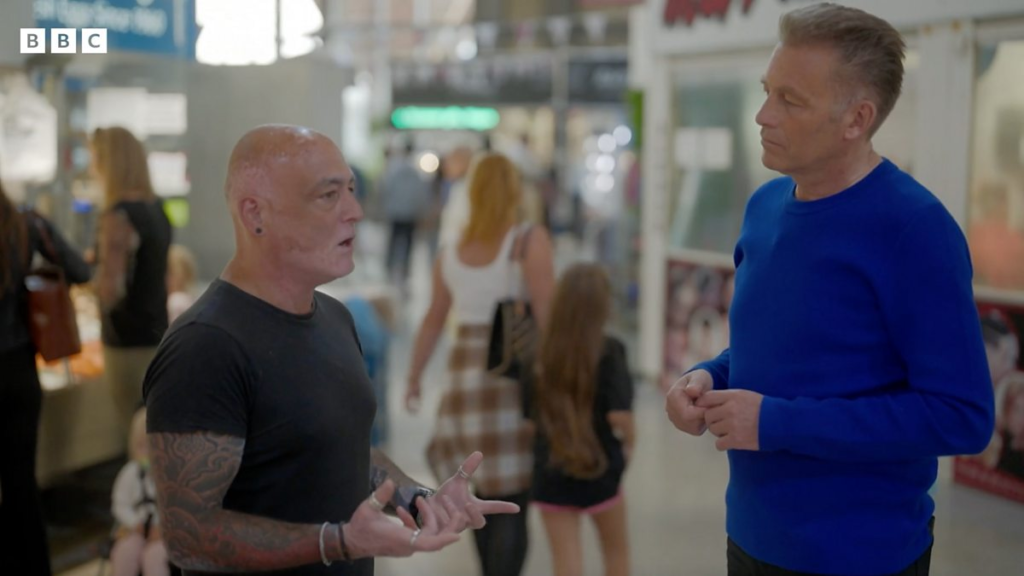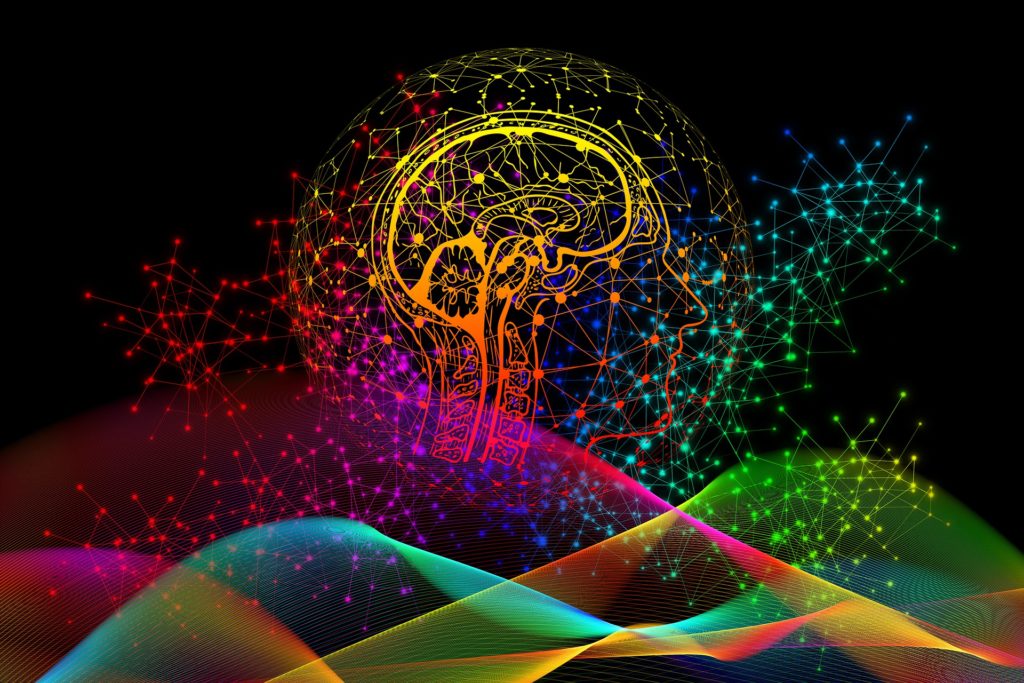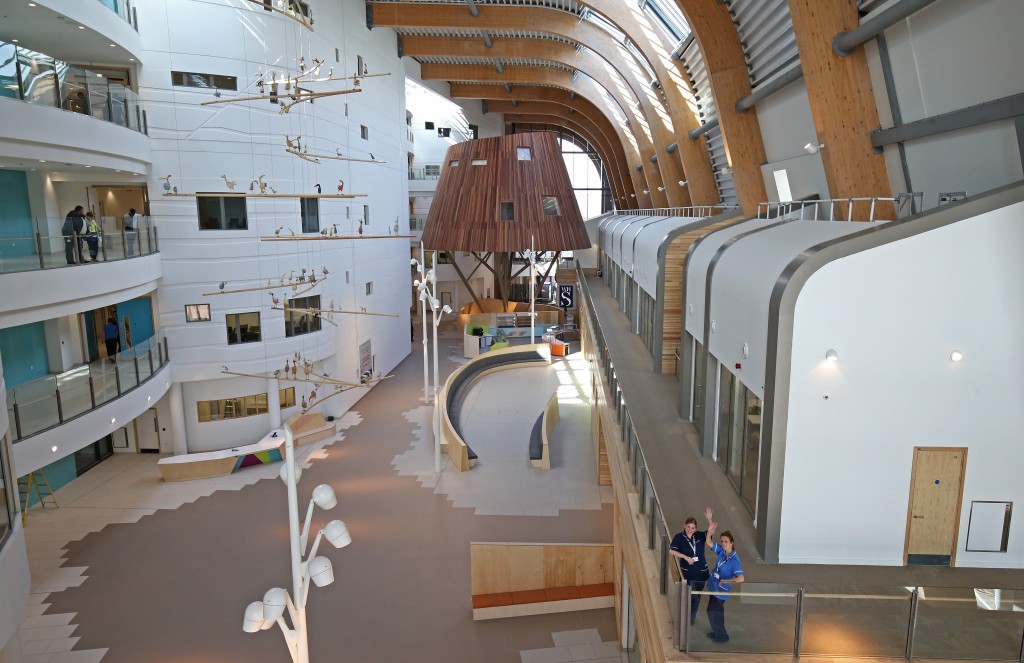
Chris Packham meets other autistic people from across the UK and helps them create short films to reveal to their family and friends what’s happening inside their minds.

A groundbreaking study headed by UCLA Health has provided the most thorough understanding of the intricate scientific processes underlying autism. It also established the first connection between the condition’s inherited susceptibility and observed cellular and genetic activity throughout the brain’s several levels.
The research is a component of the second set of studies from the PsychENCODE consortium at the National Institutes of Health. Under the direction of UCLA neurogeneticist Dr. Daniel Geschwind, the program was started in 2015 and aims to map the control of genes across various brain areas and developmental stages. The group seeks to close the knowledge gap between research on genetic susceptibility to different psychiatric diseases and possible biological processes of causation.
“This PsychENCODE manuscript collection, separately and collectively, offers a never-before-seen resource for comprehending the connection between genetic mechanisms in the brain and disease risk,” stated Geschwind.
One of nine studies on autism that Geschwind’s group published in the May 24 issue of Science builds on decades of work defining the convergent molecular changes seen in the brains of autistic people and characterizing the genes that increase a person’s susceptibility to autism. It is unclear, therefore, what causes these molecular alterations and how genetic vulnerability in this intricate disorder relates to them at the cellular and circuit levels.
Gene profiling for autism, with a few exceptions in smaller studies, has long been limited to using bulk tissue from the brains of autistic individuals after death. These tissue studies are unable to provide detailed information such as the differences in brain layer, circuit level, and cell type-specific pathways associated with autism and mechanisms for gene regulation.
To address this, Geschwind used advances in single-cell assays, a technique that makes it possible to extract and identify the genetic information in the nuclei of individual cells. This technique allows researchers to navigate the brain’s complex network of different cell types.
More than 800,000 nuclei were isolated from post-mortem brain tissue of 66 individuals from ages 2 to 60, including 33 individuals with autism spectrum disorder and 30 neurotypical individuals who acted as controls. The individuals with autism included five with a defined genetic form called 15q duplication syndrome. Each sample was matched by age, sex, and cause of death, balanced across cases and controls.
Through this, Geschwind and his team identified the major cortical cell types affected in autism spectrum disorder, including neurons and their support cells, known as glial cells. In particular, the study found the most profound changes in the neurons that connect the two hemispheres and provide long-range connectivity between different brain regions and a group of interneurons called somatostatin interneurons, which are important for the maturation and refinement of brain circuits.
A critical aspect of this study was the identification of specific transcription factor networks – the web of interactions whereby proteins control when a gene is expressed or inhibited – that drive these changes that were observed. Remarkably, these drivers were enriched in known high-confidence autism spectrum disorder risk genes and influenced large changes in differential expression across specific cell subtypes. This is the first time that a potential mechanism connects changes occurring in the brain in autism directly to the underlying genetic causes.
Identifying these complex molecular mechanisms underlying autism and other psychiatric disorders studied could work to develop new therapeutics to treat these disorders.
“These findings provide a robust and refined framework for understanding the molecular changes that occur in brains in people with autism– which cell types they occur in and how they relate to brain circuits,” Geschwind said. “They suggest that the changes observed are downstream of known genetic causes of autism, providing insight into potential causal mechanisms of the disease.”

Study shows a more rapid rate of cortical thinning in autistic females across childhood.
A new study led by UC Davis researchers finds widespread differences in brain development between autistic boys and girls ages 2-13. The study found sex-specific changes in the thickness of the brain’s outer layer, called the cortex.
The findings are notable because so few studies have addressed cortical development in autistic girls, who are diagnosed with autism less often than males. Nearly four males are diagnosed with autism for every one female.
“It is clear that this sex bias is due, in part, to underdiagnosis of autism in females,” said Christine Wu Nordahl, a professor at the UC Davis MIND Institute and a senior author on the paper. “But this study suggests that differences in diagnosis are not the full story — biological differences also exist.”
The brain’s outer layer, the cortex, is made up of distinct layers comprised of millions of neurons. These fire in sync together, allowing us to think, learn, solve problems, build memories, and experience emotions. Until about age 2, the cortex rapidly thickens as new neurons are created. After this peak, the outer cortical layer thins. Previous studies have found that this thinning process is different in autistic children than in non-autistic children, but whether autistic boys and girls share the same differences has not been examined.
“It’s important to learn more about how sex differences in brain development may interact with autistic development and lead to different developmental outcomes in boys and girls,” explained Derek Andrews, lead author of the study and an assistant project scientist at the MIND Institute.
A changing cortex in childhood
The research team studied the brain scans of 290 autistic children — 202 males and 88 females, and 139 non-autistic, typically developing individuals — 79 males and 60 females. They used sex assigned at birth to categorize the children.
All participants were in the MIND Institute’s Autism Phenome Project (APP), one of the largest longitudinal autism studies in the world. The project includes the Girls with Autism Imaging of Neurodevelopment (GAIN) study, launched to increase the number of females represented in research. The researchers took MRI scans at up to four time periods between the ages of 2 and 13.
They found that at age 3, autistic girls had a thicker cortex than non-autistic girls of the same age, comprising about 9% of the total cortical surface. Differences in autistic males, when compared to non-autistic males of the same age, were much less widespread.
In addition, compared to males, autistic females had faster rates of cortical thinning into middle childhood. The cortical differences were present across multiple neural networks.
“We found differences in the brain associated with autism across nearly all networks in the brain,” Andrews said.
He noted that it was a surprise initially that the differences were greatest at younger ages. Because autistic girls had a more rapid rate of cortical thinning by middle childhood, the differences between autistic males and females were much less pronounced.
“We typically think of sex differences as being larger after puberty. However, brain development around the ages of 2-4 is highly dynamic, so small changes in the timing of development between the sexes could result in large differences that converge later,” Andrews explained.
The importance of long-term studies of both sexes
These findings clarify that longitudinal studies that include both sexes are necessary, Nordahl said.
“If we had only looked at boys at age 3, we may have concluded that there were no differences. If we had both boys and girls but only investigated differences at 11 years of age, we may have concluded that there were very few sex differences in the cortex. We needed to follow both boys and girls across development to see the full picture,” she explained.
This was why Nordahl, who now directs the APP, launched the GAIN study in 2014. “The APP had a wonderfully large sample of about 150 autistic boys but only about 30 autistic girls. This was too few autistic girls to really examine how they might be similar or different to boys, so we worked to increase the representation of autistic females in our research,” she said.
GAIN is unique, and Andrews said he hopes other researchers will follow suit in including more autistic girls in autism research. “Autistic females represent about 20% of the autistic population. Any successful effort to understand autism will need to include autistic females.”

Autism is the most common neurodevelopmental disorder in the U.S., affecting an estimated one out of 36 children. Most autistic people experience unique sensory features such as differences in reactivity to touch, sounds, and sights or difficulty managing multiple sensory inputs simultaneously.
These sensory differences can make the healthcare environment — often characterized by fluorescent lights, idle waiting rooms and uncomfortable pokes and prods — difficult to navigate, preventing children with autism from getting the care they need. To change that, occupational therapists Roseann Schaaf, PhD, and Lady Rios-Vega, OTD, are working with Dr. J. Matthew Fields to design more inclusive healthcare environments for autistic children..
Using the creative problem-solving framework of design thinking, Drs. Rios-Vega, Fields, and Schaaf analyzed healthcare environments and met with parents of autistic children, healthcare professionals, and designers to collaboratively brainstorm ways to improve the experience.
They emerged with new ways to make healthcare environments more friendly for autistic children with sensory differences. One is to include a “sensory adaptive environment,” an area near the waiting room with varied sensory zones, with features like rocking chairs and activities for children who need more sensory stimulation and features like bean bags and weighted blankets for children who need to relax. Drs. Schaaf and Rios-Vega also identified the need for increased training of medical professionals about sensory differences, and they recommended developing adaptations for medical procedures like vital signs measurement, such as having a family member model the procedure first.
“This project is one step closer to helping children with autism participate in healthcare more comfortably, more successfully,” says Dr. Schaaf.